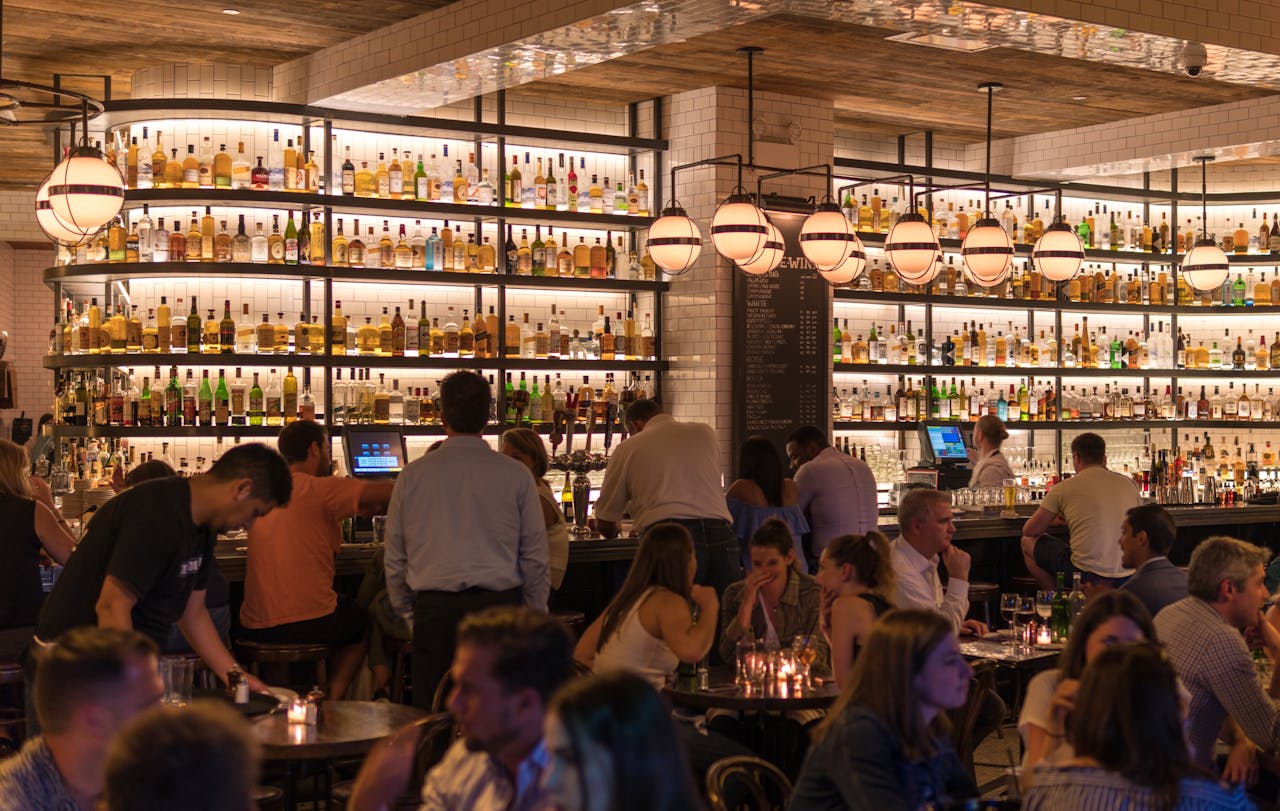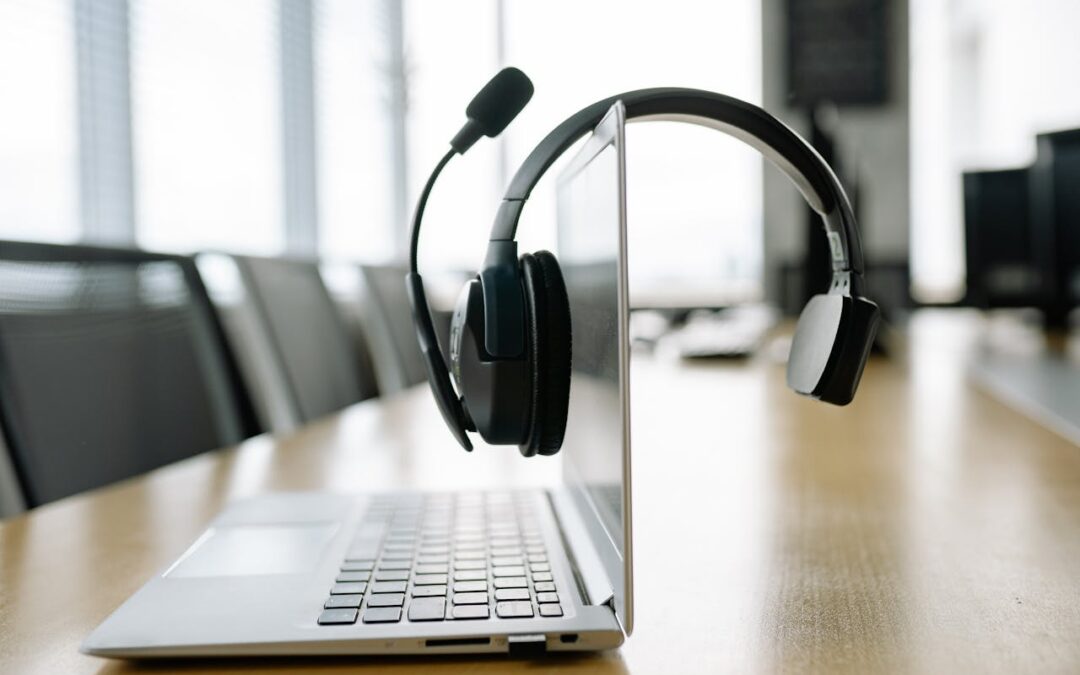Between managing reservations, coordinating staff, ordering supplies and keeping diners so happy they can’t wait to rave about you on TripAdvisor, running a restaurant is no walk in the park. There’s little room for error and restauranteurs are continually on the lookout for new ways to save.
This is where VoIP for restaurants steps up.
Short for Voice over Internet Protocol, the technology promises to streamline communication and cut costs. But does it cater to the unique needs of the hospitality industry? Keep reading to learn more about VoIP for restaurants and if it can handle the heat.
Unpacking VoIP: more than just a phone system
VoIP allows businesses to make and receive calls over the internet rather than through traditional phone lines. What makes VoIP so appealing is its versatility. The technology is about more than making and receiving calls. It integrates communication into your overall business strategy.
The result? A more connected restaurant where every call, reservation and order flows like a well-aged bottle of wine.
And yes, there are cost savings.
Why is this such a big one? You only have to look at the current climate of the UK dining scene to know that savings in any shape or form are highly coveted by restauranteurs.
High stakes and hot water
Time Out’s latest list of must-try London restaurants may tempt you to think the industry is thriving. But behind the scenes, many establishments are fighting to keep their doors open.
The latest stats from UKHospitality reveal that almost 40% of UK restaurant owners are operating at or below break-even point. With almost 1,200 restaurants closing in the past year, the stakes have never been higher.
Cue VoIP for restaurants. A smart way for establishments to clean up communication and unlock big savings.
Keeping the team in sync: from kitchen to front of house
Communication in a restaurant is critical. VoIP helps keep the wheels turning keeping everyone, from the kitchen to the front of house, on the same page.
Say a customer calls to adjust a reservation. Within seconds, the information is relayed to the relevant staff without the need to shout across the room or scribble down notes on a scrap of paper (which will inevitably get lost). With features like call routing and hands-free controls, VoIP for restaurants makes sure messages get to the right person at the right time – faster than you can say “five-star review”.
This type of efficiency is especially valuable during peak times when even a minor miscommunication can create a domino-effect of problems. At the end of the day, seamless communication means fewer mistakes, faster service and a more cohesive team. All the ingredients you need to turn walk-ins into regulars.
Handling reservations and orders: a digital concierge
Let’s face it. Taking reservations over the phone can be a headache. One wrong note or missed detail, and you’ve got double bookings and disgruntled customers on your hands. VoIP integrates directly with your reservation system to automate bookings and reduce the chance of human error. No more flipping through a cluttered diary or hoping you remembered to write down that reservation.
Digitisation becomes even more crucial for restaurants that offer delivery or takeaway services. VoIP for restaurants can sync with your POS system to make sure every order is logged correctly. This level of integration not only speeds up the process but makes life easier for your staff. It frees up valuable time and allows them to focus on providing great customer service, rather than worrying about admin headaches.
Flexibility and mobility: managing multiple locations
If you’re running more than one restaurant or planning to expand, VoIP offers a level of flexibility that traditional phone systems simply can’t match. It centralises operations and allows you to manage communications across multiple locations from a single platform.
- Instantly transfer calls between branches
- Keep managers connected, no matter where they are
- Access all your communication tools in one place, from anywhere with an internet connection.
Cost efficiency: savings without sacrificing quality
Every penny helps in an industry where margins are razor thin. Traditional phone systems can be surprisingly expensive, especially when you factor in the cost of multiple lines, international calls and hardware maintenance.
With flat-rate pricing and unlimited calling plans, VoIP for restaurants is a more cost-effective solution. It’s particularly beneficial for restaurants with high call volumes, where every pound saved on phone bills can go back into the business.
Beyond the obvious savings on call costs, VoIP systems are cheaper to set up and maintain. There’s no need for extensive wiring or hardware installation. Just a stable internet connection and you’re good to go.
Advanced features: beyond the basics
VoIP comes packed with features to support your daily operations. With voicemail-to-email, you’ll never miss an important message, even if you’re too busy to answer the phone. Analytics can show you when your restaurant gets the most calls to help you plan staffing and marketing strategies.
Call recording is another valuable feature and can be particularly useful for training purposes. New staff can listen to recorded calls to understand how to handle common customer queries or deal with complaints. It’s these little extras that can help you refine your service and get those glowing reviews rolling in.
What about the challenges?
No technology is without its drawbacks and VoIP for restaurants isn’t an exception. Reliance on a stable internet connection is the biggest challenge. A patchy connection can lead to dropped calls, poor audio quality and general frustration.
Thankfully, most of these issues can be mitigated with a reliable internet setup. It’s also worth considering a dedicated internet line for your VoIP system to keep your calls clear and uninterrupted even during peak times.
Is VoIP right for your restaurant?
VoIP isn’t just a fancy replacement for your old phone system. It’s a holistic communication tool that can streamline internal operations, improve customer service and even reduce your overheads.
For restaurants, where every second and every pound counts, these are benefits that can’t be overlooked.
The trick to success? Make sure your internet infrastructure can support the demands of a VoIP system. At VS Group, we not only specialise in VoIP for restaurants but offer connectivity solutions to match.
Call us today on 0330 0940 170 or email info@vsgcomms.com to chat to a representative.





